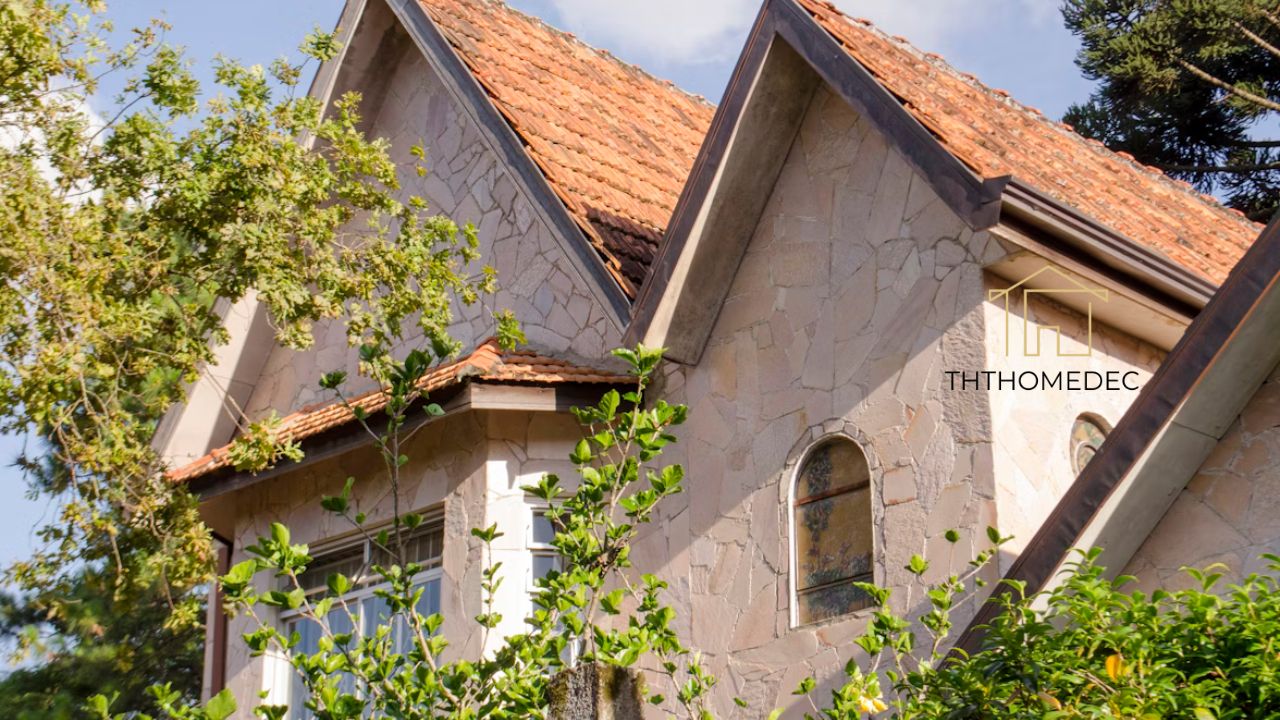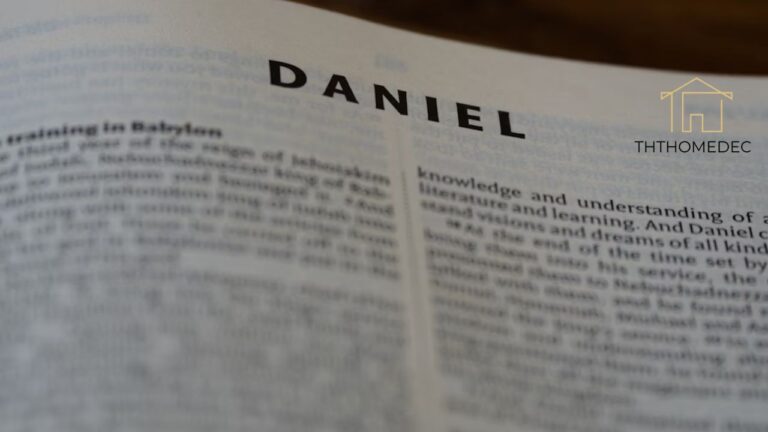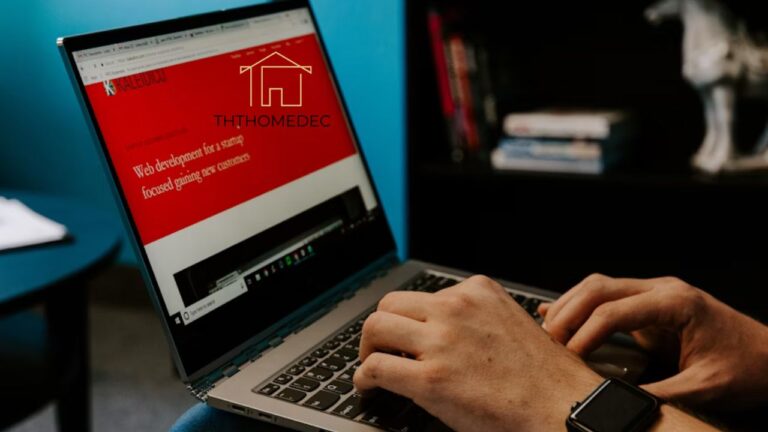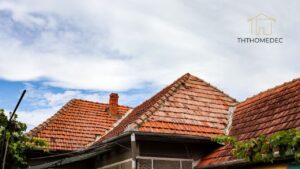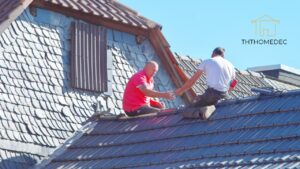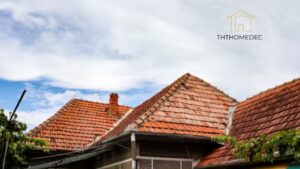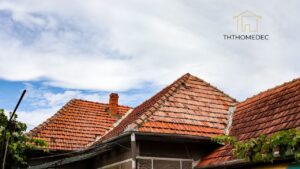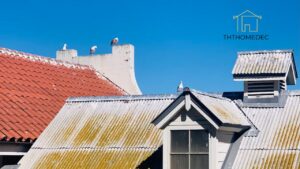Your home is your sanctuary, the one place where you should feel completely safe and protected from the elements. A sturdy, well-maintained roof is the first line of defense in ensuring that security. When issues arise, prompt roofing and guttering repairs are not just a good idea—they are absolutely essential to safeguarding your property’s value and your family’s well-being. Ignoring a small leak or a clogged gutter can lead to a cascade of devastating problems, turning a minor fix into a major financial nightmare.
This guide is designed to walk you through everything you need to know about maintaining the health of your home’s most critical shield. We will explore common problems, the importance of timely action, and how to find reliable professionals. Understanding the basics of roofing and roof repairs empowers you to make informed decisions, saving you from stress and costly future damage. Let’s dive into the world of keeping your home safe, dry, and secure from the top down.
Quick Guide to Common Roofing & Guttering Issues
To give you a snapshot of what you might be facing, here is a quick summary of common issues, their urgency, and potential costs. This table can help you quickly identify a problem and understand its severity.
| Issue | Common Signs | Urgency Level | Average Repair Cost |
|---|---|---|---|
| Leaking Roof | Water stains, drips, mold | High | $400 – $1,200 |
| Damaged Shingles | Cracked, curled, missing shingles | Medium to High | $250 – $1,000 |
| Clogged Gutters | Water overflow, sagging gutters | Medium | $150 – $350 |
| Damaged Flashing | Leaks around vents, chimneys | High | $300 – $700 |
| Granule Loss | Bald spots on shingles | Low to Medium | Part of shingle replacement |
Why You Can’t Afford to Ignore Roofing and Guttering Repairs
Think of your roof and gutters as a single, integrated system designed to protect your home from water. When one part fails, the entire system is compromised. The consequences of delaying roofing and guttering repairs can be genuinely alarming, extending far beyond a simple water spot on your ceiling.
The Hidden Dangers of a Leaky Roof
A leak might start as a tiny drip, but it’s a sign of a breach in your home’s armor. Water is incredibly destructive. Once it gets past your shingles, it can soak into the wooden decking, rafters, and insulation. This moisture creates the perfect breeding ground for toxic black mold, which poses a serious health risk to you and your family. The thought of unknowingly breathing in mold spores is terrifying, and it highlights the urgency of addressing any signs of a leak immediately.
Moreover, prolonged water exposure will rot the wooden structure of your roof, weakening its integrity. What could have been a simple patch job can escalate into the need for major structural roofing and roof repairs, a significantly more complex and expensive undertaking.
Gutter Failure: A Silent Home Wrecker
Gutters are the unsung heroes of your home’s exterior. Their job is to channel thousands of gallons of rainwater away from your foundation. When they become clogged with leaves, twigs, and other debris, they can’t do their job. Water will spill over the sides, saturating the ground right next to your foundation.
This saturation can lead to one of the most dreaded homeowner problems: foundation damage. The soil expands and contracts, putting immense pressure on your foundation walls, leading to cracks and instability. The cost to repair a foundation can be astronomical, often running into tens of thousands of dollars. It’s a heart-wrenching expense that often could have been avoided with routine roofing and guttering repairs.
Real-Life Example:
Sarah, a homeowner in a leafy suburb, noticed her gutters overflowing during a heavy rainstorm but put off cleaning them. A few months later, she found a large crack in her basement wall and had to pay over $15,000 for foundation stabilization and waterproofing. Her story is a powerful reminder that simple maintenance prevents catastrophic failures.
Identifying the Need for Roofing and Roof Repairs
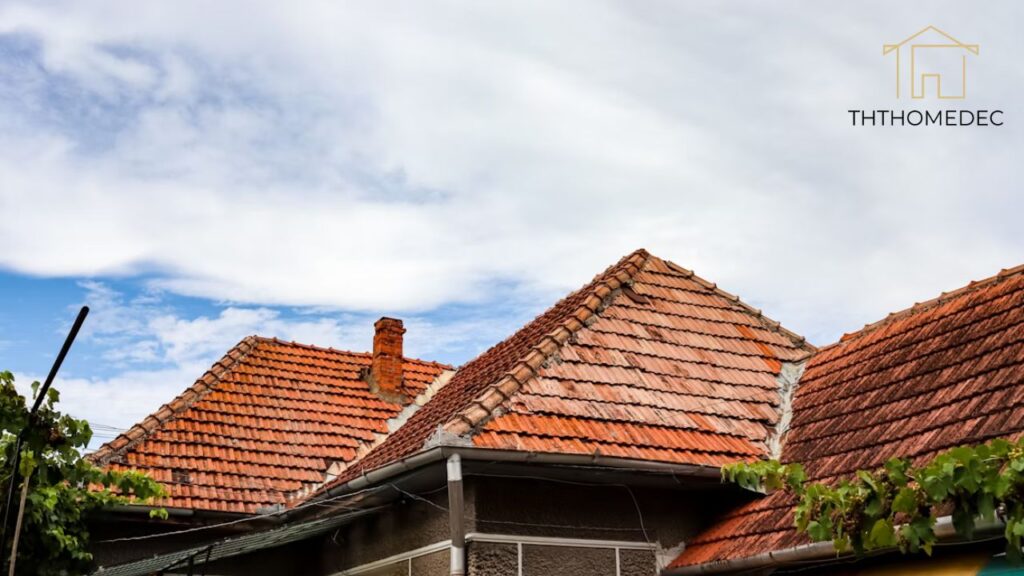
Knowing what to look for is the first step in proactive home maintenance. Regular inspections, especially after major storms, can help you catch problems early. Don’t wait for a leak to appear in your living room; be vigilant and look for the early warning signs that your home needs roofing and roof repairs.
Signs Your Roof Is in Trouble
You don’t need to be a professional to spot many common roofing problems. Grab a pair of binoculars and perform a visual inspection from the safety of the ground.
Missing or Damaged Shingles
Look for shingles that are cracked, curled at the edges, or completely missing. These are clear indicators that your roof’s primary water-shedding layer is compromised. Wind and hail are common culprits, and even a few damaged shingles can create an entry point for water. Timely replacement is crucial.
Granules in Your Gutters
Asphalt shingles have a layer of granules that protect them from the sun’s harsh UV rays. As shingles age, these granules start to wear off and wash into the gutters. Finding a large accumulation of these sand-like particles is a sign that your shingles are nearing the end of their lifespan and losing their protective qualities.
Sagging Roof Deck
A drooping or sagging roofline is a dire warning sign. It often indicates a structural problem, such as rotted decking or broken rafters, usually caused by a long-term, undiscovered leak. If you see any sagging, call a professional for an immediate inspection. This is a situation that requires urgent roofing and roof repairs.
Issues with Flashing
Flashing is the thin metal material installed around roof penetrations like chimneys, vents, and skylights. Its purpose is to create a watertight seal. If this flashing is cracked, rusted, or pulling away from the structure, it creates a direct path for water to enter your home. Problems with flashing are a very common source of roof leaks.
Common Gutter Problems You Can’t Overlook
Your gutters need love too. A quick walk around your house can reveal a lot about their condition and whether you need to schedule roofing and guttering repairs.
Clogging and Blockages
This is the most frequent gutter issue. When filled with leaves, pine needles, and shingle granules, gutters can’t function. Water will back up and overflow, potentially damaging your roof’s edge (the fascia and soffit) and the foundation below. Regular cleaning is the simple, yet vital, solution.
Sagging or Pulling Away
If you see your gutters sagging or pulling away from the house, it’s a sign that they are overloaded or that the fasteners have failed. This is a dangerous situation, as the weight of water and debris can cause the gutter section to collapse entirely, potentially damaging your siding and landscaping.
Leaks and Holes
Check the seams and joints of your gutters for drips or streams of water during rainfall. Small holes can sometimes be patched, but widespread leaking is a sign that the gutters may need to be replaced. Efficient roofing and guttering repairs will address these weak points before they cause more significant issues.
DIY vs. Hiring a Professional for Roofing and Guttering Repairs
Once you’ve identified a problem, the next question is whether you can fix it yourself or if you need to call in the experts. While the DIY spirit is admirable, roofing work comes with significant risks.
When DIY Is a Possibility
For the brave and handy homeowner, some minor tasks can be tackled without a professional.
- Gutter Cleaning: With the right safety precautions (a sturdy ladder and a spotter), cleaning your gutters is a manageable DIY job.
- Sealing Minor Gutter Leaks: Small leaks at gutter joints can often be sealed with a special gutter sealant available at any hardware store.
- Replacing a Single Shingle: If you have one or two damaged shingles and are comfortable working on a roof, it’s possible to replace them yourself. However, this requires specific tools and a proper understanding of how shingles overlap to create a seal.
Why Professionals Are Often the Best Choice
For most issues, especially those involving the integrity of the roof itself, hiring a professional is the wisest and safest decision. The peace of mind that comes with professional roofing and roof repairs is invaluable.
Safety First
Working on a roof is inherently dangerous. Professionals have the training, safety equipment (like harnesses and proper footwear), and experience to navigate rooftops safely. The risk of a fall is a serious consideration that should not be taken lightly.
Expertise and Diagnosis
A professional roofer can do more than just fix the obvious problem. They can accurately diagnose the root cause of a leak, which might be far from the visible water stain inside. Their experience allows them to spot subtle signs of widespread issues that an amateur would miss, ensuring comprehensive roofing and roof repairs.
Quality of Work and Warranties
Reputable roofing companies stand behind their work. They use high-quality materials and follow industry best practices to ensure a durable, long-lasting repair. Most importantly, they offer warranties on both materials and labor. If the repair fails, they will come back and fix it, a guarantee you don’t get with a DIY job. This assurance is a critical part of any significant roofing and guttering repairs.
Homeowner Review:
“I thought I could patch a small leak myself. After two failed attempts and a bigger water stain, I finally called a pro. They found the real issue was damaged flashing around my chimney, something I never would have spotted. The peace of mind was worth every penny.” – Mark T. (Rating: 5/5 Stars)
Finding and Vetting a Reliable Roofing Contractor
Choosing the right contractor is arguably the most critical step in the entire process of roofing and guttering repairs. A great contractor ensures a job well done, while a bad one can lead to endless frustration and further damage.
Where to Start Your Search
Begin your search by asking for recommendations from friends, family, and neighbors. A personal referral is often the most reliable source. You can also use online resources like the Better Business Bureau (BBB), Angi, or local community forums to find highly-rated companies specializing in roofing and roof repairs.
Key Credentials to Verify
Before you even ask for a quote, make sure the contractor has the necessary credentials. This is non-negotiable.
- License and Insurance: The contractor must have a valid state license and, crucially, both general liability insurance and worker’s compensation insurance. Liability insurance protects your property from damage, while worker’s comp protects you from being sued if a worker is injured on your property. Ask for proof and verify it.
- Local Experience: A contractor who is local and has been in business for many years is a safer bet. They have a reputation to uphold in the community and are familiar with local building codes and climate challenges. Fly-by-night “storm chasers” often disappear after the work is done, leaving you with no recourse if problems arise.
- Customer Reviews and References: Look for a company with a strong track record of positive reviews. Don’t just look at the star rating; read the comments to see how they handle communication, timelines, and problems. Ask for a list of recent references and take the time to call them.
Understanding the Estimate
Always get multiple quotes—at least three—for any significant roofing and guttering repairs. This allows you to compare not just the price, but the scope of work being proposed.
A detailed, written estimate should include:
- A full description of the work to be done.
- The specific materials to be used (including brand and type).
- The projected start and completion dates.
- A breakdown of costs for labor and materials.
- Information on warranties and guarantees.
Be wary of any contractor who gives you a vague estimate or pressures you to sign a contract on the spot. A true professional will be happy to answer all your questions and provide a clear, transparent proposal for the roofing and roof repairs.
The Process of Professional Roofing and Roof Repairs
Understanding what to expect when the crew arrives can help alleviate the stress of having work done on your home. A professional repair process is typically systematic and efficient.
Step 1: Thorough Inspection and Tarping
The first thing a crew will do is conduct a final, on-site inspection to confirm the scope of work. If there’s an active leak and rain is in the forecast, they will securely tarp the affected area to prevent any further water intrusion before the permanent roofing and roof repairs can be completed.
Step 2: Site Preparation
The team will take steps to protect your property. This includes laying tarps over landscaping, moving patio furniture, and ensuring there is a clear path for removing old materials and bringing in new ones. They will also designate a spot for a dumpster if a significant amount of debris is expected.
Step 3: Performing the Repair
This is where the real work begins. Whether they are replacing a section of shingles, fixing damaged flashing, or replacing a piece of rotted roof decking, the crew will work methodically. For roofing and roof repairs, this often involves:
- Removing Old Materials: Carefully removing the damaged shingles, underlayment, and any rotted wood.
- Inspecting the Decking: Checking the underlying roof deck for any hidden damage.
- Installing New Components: Laying down new underlayment, shingles, and flashing, ensuring every component is installed according to manufacturer specifications to create a perfect seal.
Step 4: Gutter Assessment and Repair
If your project includes roofing and guttering repairs, the team will also address the gutter system. This might involve re-securing loose sections, sealing leaking seams, or replacing damaged portions of the gutter and downspouts. They will also ensure the gutters are properly sloped to promote effective water flow.
Step 5: Final Cleanup and Inspection
A hallmark of a professional contractor is leaving your property as clean as they found it. The crew will conduct a thorough cleanup of the entire work area, including using magnetic rollers to pick up stray nails. A final inspection of the completed roofing and guttering repairs will be done, often with the homeowner, to ensure everything has been completed to satisfaction.
Long-Term Maintenance: Protecting Your Investment
Once your repairs are complete, the goal is to prevent future issues. A proactive maintenance plan is the best way to extend the life of your roof and avoid the need for premature roofing and roof repairs.
Create a Maintenance Schedule
Regular inspections and maintenance are your best defense against unexpected failures.
Biannual Gutter Cleaning
Clean your gutters at least twice a year, typically in the late spring and late fall. If you have many trees, you might need to do it more often. This single task is one of the most effective ways to prevent water damage to your home.
Annual Roof Inspection
At least once a year, perform a visual inspection of your roof from the ground. Look for the signs of wear and tear we discussed earlier. It’s also a good idea to have a professional inspection every 3-5 years, as they can safely get on the roof and spot issues you might miss.
Managing Trees and Debris
Overhanging tree limbs pose a dual threat: they drop leaves and debris onto your roof and into your gutters, and they can break off during a storm, causing severe impact damage. Keep tree branches trimmed back at least ten feet from your roofline. This simple landscaping task can prevent a lot of future roofing and guttering repairs.
Your home’s roof is a complex system that works tirelessly to protect you. By understanding how it functions, what can go wrong, and how to address problems, you empower yourself as a homeowner. Whether it’s a minor fix or a major project, approaching roofing and guttering repairs with knowledge and a plan is the key to a safe, secure, and happy home for years to come.
Frequently Asked Questions (FAQs)
Q: How often should I really have my roof inspected?
A: It’s a great practice to do your own visual check from the ground twice a year and after any big storms. For a professional inspection where someone actually gets on your roof, every 3 to 5 years is a solid plan. This helps catch small issues before they become big, expensive problems requiring extensive roofing and roof repairs.
Q: Can I just put new shingles over my old ones?
A: While it’s sometimes possible to do a “layover,” it’s generally not recommended. Layering shingles adds a lot of weight to your roof structure and, more importantly, it prevents a contractor from inspecting the roof decking underneath for rot or damage. Most professional roofing and guttering repairs will involve removing the old layer first.
Q: My roof is leaking, but I can’t find the source. What should I do?
A: Water can be tricky; it can travel a long way from where it enters the roof to where you see the stain on your ceiling. This is a classic situation where you need a professional. They have the experience and tools to trace the leak back to its origin point, ensuring the correct area is fixed.
Q: Are gutter guards worth the investment?
A: Gutter guards can be a fantastic investment, especially if you have a lot of tall trees around your home. They significantly reduce how often you need to clean your gutters, though they don’t eliminate maintenance entirely. They help ensure your gutters are always ready to handle rainwater, preventing overflows that can necessitate roofing and guttering repairs.
Q: How long should a typical roof repair last?
A: The lifespan of a repair depends heavily on the quality of the materials used and the skill of the installer. A professional patch on an otherwise healthy roof should last for many years, often for the remaining life of the roof. This is why choosing a reputable contractor for your roofing and roof repairs is so important; their quality workmanship ensures a durable solution.
Admin Recommendation
LWMFCrafts Inventive: A Creative Revolution in Crafting
The Enchanting World of LWMFCrafts: A Deep Dive into Paper Artistry

